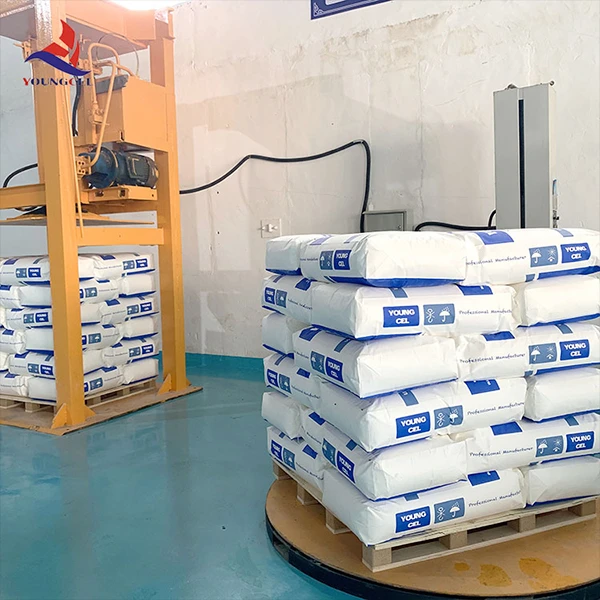The Evolving Landscape of Chemical Paints An Insight into Their Composition and Applications
Chemical paints are integral to modern art and industry, serving a multitude of purposes from aesthetic enhancements to protective coatings. At their core, chemical paints consist of various compounds that transform through physical and chemical processes to create visually appealing and durable surfaces. Understanding the composition and applications of chemical paints is essential for artists, builders, and manufacturers alike.
Composition of Chemical Paints
Chemical paints are made up of three primary components pigments, binders, and solvents. Each of these components plays a critical role in the functionality and effectiveness of the paint.
1. Pigments These are finely ground particles that provide color to the paint. Pigments can be natural or synthetic and come in a vast array of hues. Natural pigments, derived from minerals or vegetables, have been used historically but have been largely supplemented or replaced by synthetic options in modern formulations. Synthetic pigments offer vibrant colors, improved lightfastness, and resistance to fading over time.
2. Binders Also known as resins, binders hold the pigment particles together and help them adhere to the surface being painted. The choice of binder influences the paint's durability, gloss, and the ease of application. Common binders include acrylics, alkyds, and polyurethanes. Each has its unique set of properties, such as flexibility, hardness, and resistance to environmental factors.
3. Solvents Solvents are the liquids used to dissolve the binders and disperse the pigments. They affect the viscosity of the paint, allowing for easier application. Solvents can be water-based or solvent-based, with water-based paints becoming increasingly popular due to their lower environmental impact and easier cleanup.
Innovations in Chemical Paints
chemical paint

In recent years, the chemical paint industry has seen significant innovations, primarily driven by environmental concerns and the demand for higher performance products. Low-VOC (Volatile Organic Compounds) paints have gained traction, offering a safer alternative for both the environment and human health. These paints emit fewer harmful chemicals during and after application, making them suitable for indoor use and appealing to environmentally conscious consumers.
Moreover, advances in nanotechnology have led to the development of paints with enhanced properties. For instance, nano-coatings can provide water resistance, dirt-repellency, and UV protection. Such properties are particularly desirable in outdoor applications, extending the lifespan of painted surfaces and minimizing maintenance costs.
Applications Across Industries
Chemical paints are used in a diverse range of applications, from household projects to industrial maintenance. In the realm of architecture, paints are essential for both aesthetic appeal and protection against the elements. In the automotive industry, specialized chemical paints are developed to withstand extreme conditions, including temperature variations and corrosive environments.
Additionally, chemical paints are crucial in the artistic domain. Artists use a plethora of paint types, each with unique characteristics. Acrylic paint, for instance, has become a favorite due to its versatility and quick drying time, while oil paints are revered for their rich texture and blendability.
In the industrial sector, protective coatings are developed to safeguard machinery and equipment from corrosion, chemical exposure, and abrasion. These industrial paints are engineered for specific environments, such as marine settings where saltwater resistance is paramount.
Conclusion
The world of chemical paints is vast and continuously evolving. Understanding the fundamental components—pigments, binders, and solvents—along with advancements in technology, provides insight into their remarkable versatility and extensive applications. As industries and consumers alike shift their focus toward sustainability and performance, the future of chemical paints holds promise, reflecting a blend of creativity, engineering, and environmental consciousness. This intersection of art and science undoubtedly solidifies chemical paints as an enduring and essential component in myriad applications.
-
Rdp Powder: Key Considerations for Wholesalers in the Building Materials IndustryNewsJul.08,2025
-
Key Considerations for Wholesalers: Navigating the World of Hpmc - Based ProductsNewsJul.08,2025
-
Hpmc Detergent: Key Considerations for WholesalersNewsJul.08,2025
-
Key Considerations for Wholesalers: China Hpmc For Tile Adhesive, Coating Additives, Concrete Additives, and MoreNewsJul.08,2025
-
Crucial Considerations for Wholesalers: Navigating the World of Construction MaterialsNewsJul.08,2025
-
Key Considerations for Wholesalers Sourcing Additive For Cement, Additive For Concrete, Additive For Putty from Additive Manufacturer Shijiazhuang Gaocheng District Yongfeng Cellulose Co., Ltd.NewsJul.08,2025




